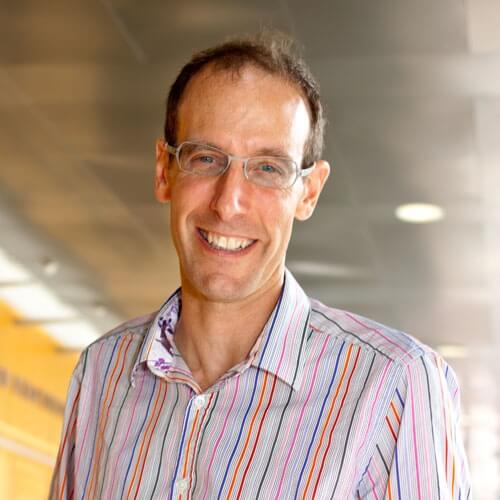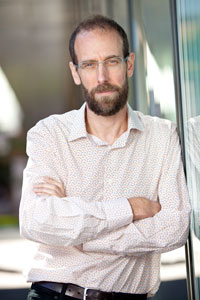News
David Keith is Gordon McKay Professor of Applied Physics at the Harvard School of Engineering and Applied Sciences and Professor of Public Policy at the Harvard Kennedy School.
The following article by Bruce Dorminey originally appeared at Forbes.com on September 14, 2012:
After a summer without end, some climate researchers are again looking off-world for a way to geoengineer our way out of global warming.
Unlike geoengineering efforts to remove carbon dioxide and other greenhouse gases from earth itself, space-based Solar Radiation Management (SRM) would seek to literally deflect a small portion of the sun’s luminosity before it hits our atmosphere.
Ideas run the gamut — from placing permanent solar shields between the earth and sun; to creating a Saturn-like earth-orbiting ring of asteroidal dust that could act as a solar filter.
Earth-based SRM methods include increasing our planet’s natural atmospheric and ground-based reflectivity to avert solar radiation. Potential scenarios range from injecting sulfate particles into the stratosphere to literally painting rooftops and roads a “lighter shade of pale.”
For a reality check, Forbes.com turned to David Keith, a professor in the School of Engineering [and Applied Sciences] and the Kennedy School of Government at Harvard University, who has worked on climate geoengineering for over two decades.
How sanguine are you about current and future conventional efforts to control greenhouse gas emissions?
The last few decades of climate policy have been a phony war of bold exhortation and largely symbolic action. But looking a decade or two ahead, I remain optimistic that political interests will align sufficiently to allow enactment of economically-efficient policies to restrain emissions.
In lieu of CO2 removal engineering and climate change mitigation via fossil fuel emissions reduction, is SRM the obvious alternative?
It is important, but not “the” alternative. There are three fundamental options: cutting net emissions, adapting to climate change as it happens, and solar geoengineering by intervening in the climate system to reduce the impact of accumulated emissions. A combined strategy that uses all three gives us the best chance to limit climate impacts to people and the natural world. A strategy that focuses only on cutting emissions asks current generations to pay unrealistic amounts for the benefit of those living in the distant future. Advocates of climate policy have willfully disregarded both [climate change] adaptation and solar geoengineering in the hopes that a monomaniacal focus on emissions reduction would improve the chances of getting a political deal. It’s time for new thinking.
To read the entire Q&A, click here
Topics: Climate, Applied Physics
Cutting-edge science delivered direct to your inbox.
Join the Harvard SEAS mailing list.
Scientist Profiles
David Keith
Associate in Environmental Science and Engineering




